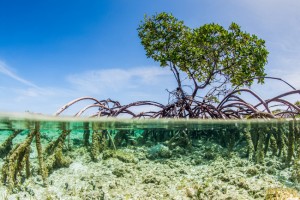Blog
DEMA Mangrove Planting in Wheeland Pond, Blue Hills
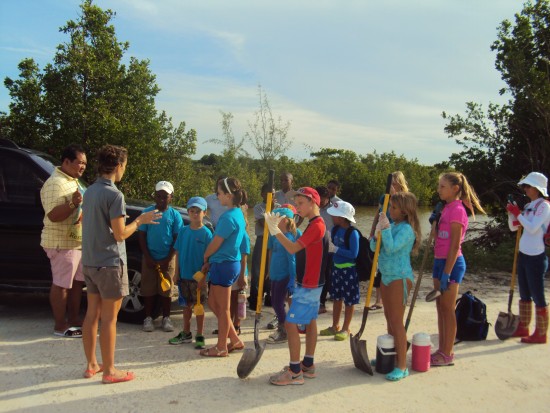
The team meets Mrs. Amy Avenant, Outreach Coordinator, DEMA
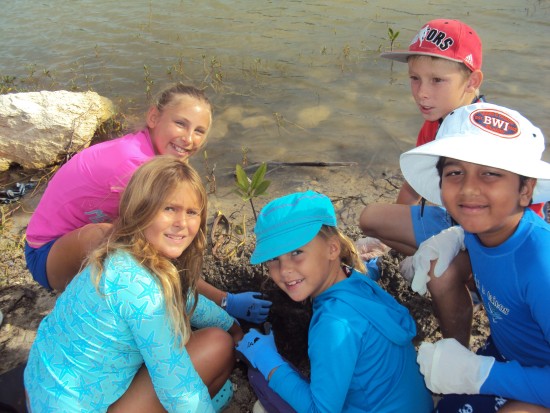 Planting the mangoves together
Planting the mangoves together
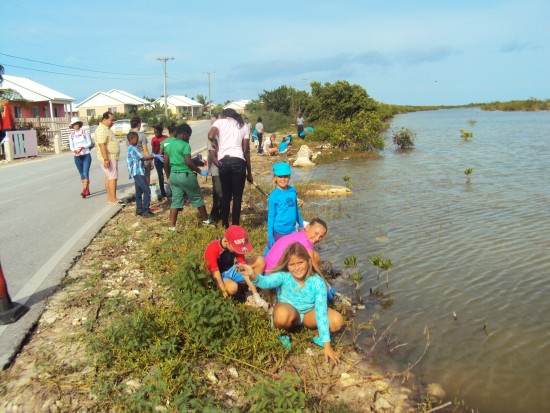 Taking care of the mangrove seedlings at the water’s edge
Taking care of the mangrove seedlings at the water’s edge
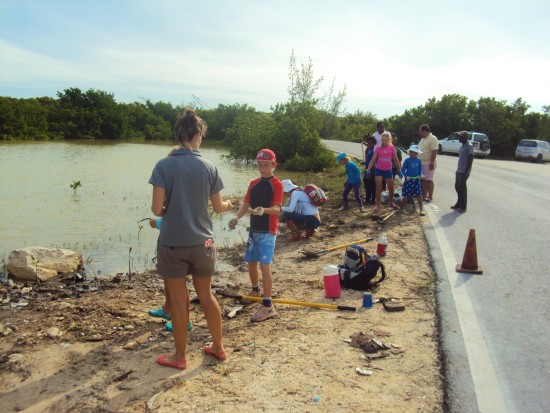 The children thoroughly enjoyed the day and worked hard!
The children thoroughly enjoyed the day and worked hard!


